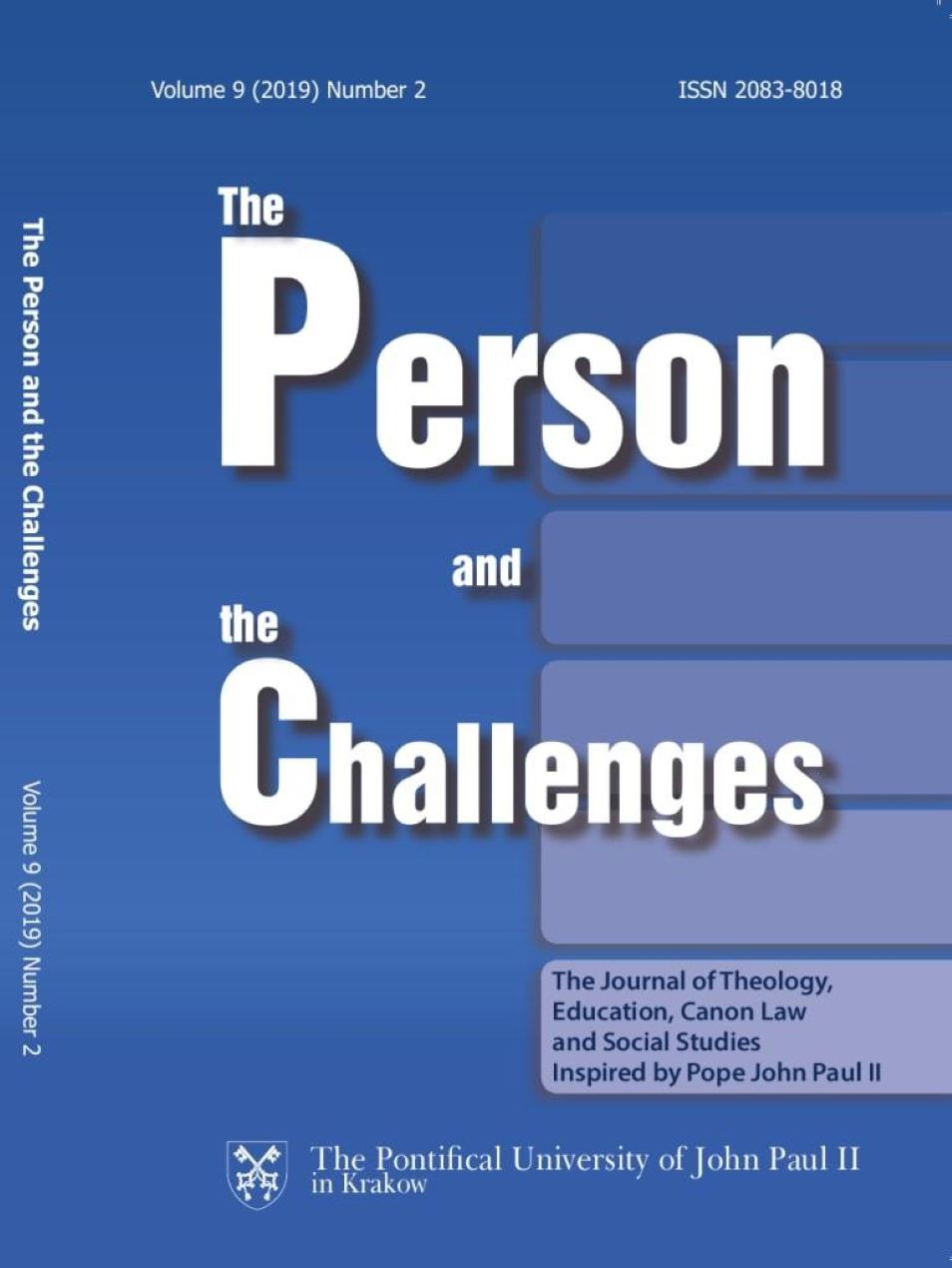Stalinization, de-Stalinization, and re
Stalinization. 1953 behind the “Iron Curtain”
Stalinization, de-Stalinization, and re
Stalinization. 1953 behind the “Iron Curtain”
Author(s): Rafał OpulskiSubject(s): Christian Theology and Religion, Politics and religion
Published by: Wydawnictwo Naukowe Uniwersytetu Papieskiego Jana Pawła II w Krakowie
Keywords: Stalinism;newcourse;de-Stalinization;re-Stalinization
Summary/Abstract: The aim of the article is to present the changesthattook place after the death of Joseph Stalin in 1953 in the Soviet Union and in somecountriesincluded in its “externalempire”. The “Iron Curtain”, which divided the worldintotwoparts, began to shiftafter the Generalissimo’sdeath and revealed differences in the approach of individualcountries to the „newcourse” announced by Stalin’ssuccessors.In somecountries, the death of the Kremlindictatorbeganchanges in the policy of the time, in others the methodscharacteristic of Stalinismwerecontinued, whichmeant the activity of anall-powerfulapparatus of repressionseeking real and imagined “enemies”, the central authority of unlimitedpower with mass terror and striving for totalcontrol of citizens and allmanifestations of social life. The textpresents the most importantelements of the policy of the Communistparties in the Soviet Union, GDR, Hungary, Czechoslovakia, Romania and Bulgaria in 1953 whichwereconsistent with the process of re-Stalinization, characterized by similarity to governmentsduring the dictator’s life and de-Stalinization, thatis, the reversals of methods and toolsknown in the Stalinism period.
- Issue Year: 9/2019
- Issue No: 2
- Page Range: 25-39
- Page Count: 15
- Language: English

